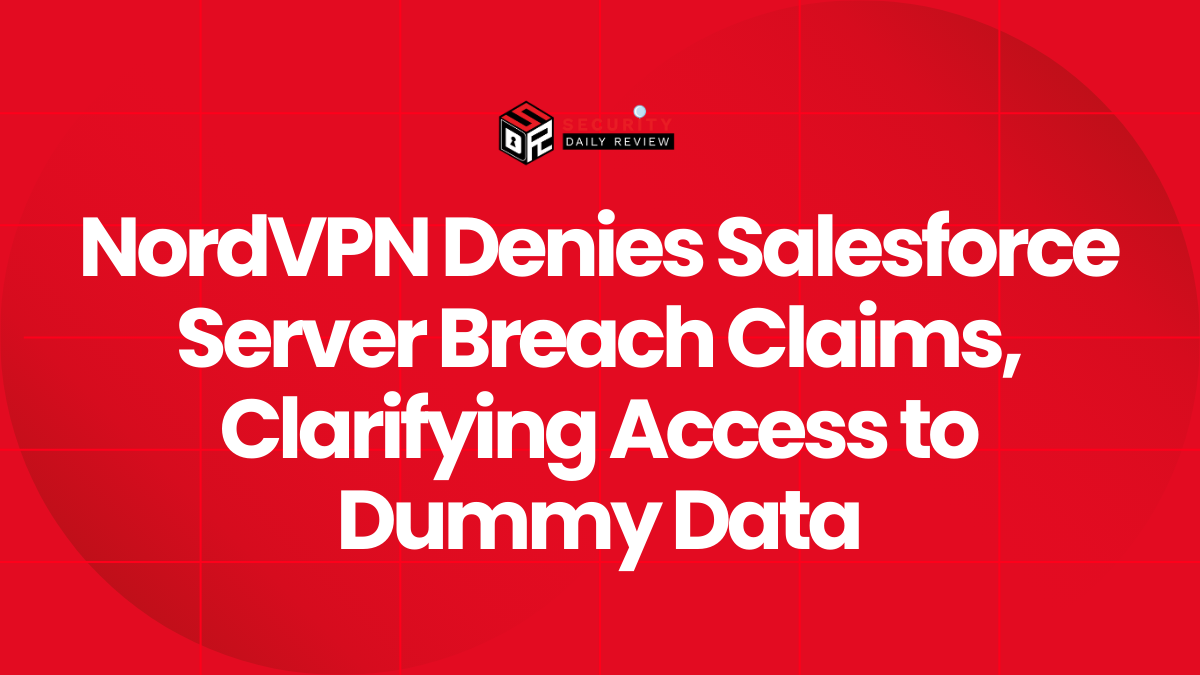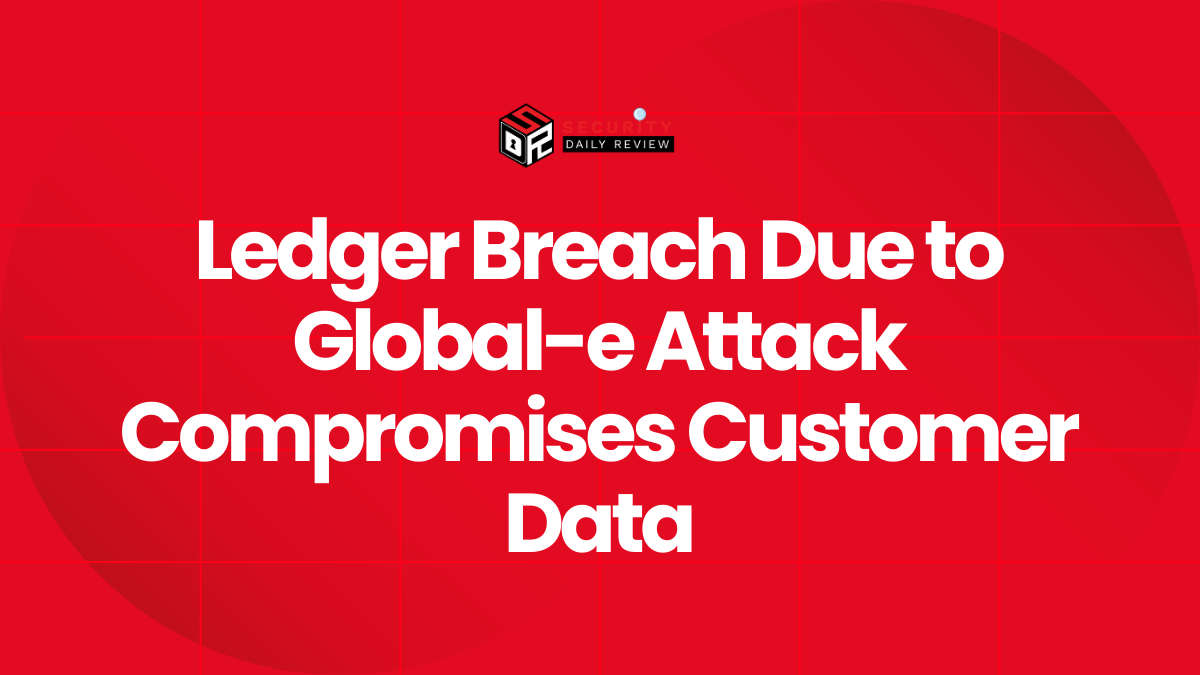American Income Life (AIL), a major U.S. supplemental insurance provider, is the subject of a dark-web post claiming that roughly 150,000 customer records were stolen and listed for sale on a data-leak forum. The leaked sample — allegedly pulled from AIL systems — reportedly contains full names, dates of birth, addresses, contact details, and fragments of insurance data such as policy status and plan names.
AIL, headquartered in Texas, is a subsidiary of Globe Life Inc., a publicly traded financial-services company with multibillion-dollar annual revenue. The scale of the alleged exposure has drawn attention from privacy advocates and industry analysts as investigators work to confirm the breach.
Details of the Alleged Breach
Researchers analyzed a sample of the posted data and found fields consistent with the attacker’s claim, including names, birthdates, addresses, and policy-related information that could enable convincing social-engineering attacks. While the breach has not been officially confirmed by AIL, the presence of this type of data raises concerns over identity theft, fraudulent account creation, and phishing campaigns aimed at policyholders.
Healthcare and insurance information remain high-value targets for cybercriminals. Recent incidents underscore the trend: the Brain Cipher ransomware group’s attack on Baltimore Medical System compromised patient data, and a separate forum post in late August claimed to leak details of nearly half a million U.S. doctors. These events show that threat actors continue to target health-related ecosystems for maximum financial and strategic gain.
At the time of writing, AIL has not publicly confirmed a breach tied to the forum post; investigators are still validating provenance and timeframe. The leaked sample’s contents are consistent with the seller’s claims, but researchers caution that aggregated datasets on leak forums sometimes combine records from multiple sources, or include stale entries—so forensic validation is essential before drawing definitive conclusions.
“The data sample has about 150k AIL user records, which include full names, dates of birth, addresses, contact information, and some info about their insurance,” — CyberNews research team sample analysis.
Technical Breakdown — What Was Exposed, Likely Vectors and Motive
Data exposed (alleged). The dataset shown in the forum sample reportedly contains personally identifiable information (PII): names, birthdates, physical addresses, email addresses and phone numbers—plus policy metadata such as plan names and status flags. While the sample doesn’t appear to include full Social Security numbers or complete financial-account data, the combination of PII and insurance-specific fields materially increases attackers’ ability to execute identity theft, targeted phishing, fraudulent claims, and account-takeover flows.
Plausible attack vectors. Until AIL confirms the incident and publishes a timeline, several vectors remain plausible:
- Web application compromise or exposed API — crawling and exfiltration from an online policy-management portal.
- Credential stuffing / account takeover — attackers leveraging reused credentials to access employee or agent portals.
- Third-party vendor compromise — data harvested from an integrated partner or CRM provider that syncs policyholder records.
- Database misconfiguration or backup exposure — inadvertently exposed storage or snapshot accessible to web crawlers.
Threat actors that sell insurance datasets typically seek quick monetization (direct sale to fraudsters) and/or secondary leverage (facilitate identity-related scams or targeted extortion). Because insurance data helps validate claims or opening accounts, it’s commercially valuable on criminal markets.
Comparative Incidents & Trend Context
Health and insurance ecosystems have been repeatedly targeted because of the value and sensitivity of records. Recent examples that illustrate the pattern include the Brain Cipher group’s attacks against healthcare providers and the recent dark-web posting that claimed to expose hundreds of thousands of U.S. doctors’ records—both of which show attackers favoring health-adjacent verticals for high-value data. See background on Brain Cipher activity and the wider healthcare data leaks reported by security outlets. These incidents underscore two trends: (1) criminal actors increasingly target sector-specific datasets with high resale and fraud utility, and (2) dark-web merchants sometimes mix datasets from multiple incidents, complicating attribution and remediation.
Risk Implications — Identity Theft, Fraud and Regulatory Exposure
For policyholders: stolen names, birthdates and contact details enable highly credible spear-phishing, SIM-swap and account-recovery attacks. Policy metadata (plan types, policy status) makes phishing messages plausibly tied to a customer’s coverage, increasing click-through and data-harvest success. Consumers should expect a rise in targeted scams purporting to be from insurers or affiliated agents over the weeks after a leak.
For AIL and Globe Life: potential regulatory obligations include breach notification under state privacy laws and, depending on the data and impacted jurisdictions, possible inquiries from federal or state regulators. There’s also litigation and reputational risk if the leak is confirmed after delayed disclosure or insufficient customer protections. Insurers face unique exposure because stolen policy data can be used to submit fraudulent claims or to socially engineer back-end customer-service staff.
Systemic risk: if the sample was drawn from aggregated third-party sources (brokers, CRM vendors, or agent portals), the scope may extend beyond AIL—affecting partner networks and amplifying remediation complexity.
Remediation Advice — What Customers and Insurers Should Do Now
For customers (policyholders)
- Assume exposure of contact and identity data: treat unsolicited emails, texts or calls referencing your policy or benefits as suspicious until verified via official channels.
- Verify links and caller identity: contact your insurer via phone numbers from official statements or the corporate website — do not use links or numbers from unsolicited messages.
- Enable fraud alerts and monitor credit: consider placing a free fraud alert with major credit bureaus and monitor bank/card statements and insurance portals.
- Harden accounts: change passwords for insurer accounts and any reused credentials; enable MFA where available.
- Retain documentation: save suspicious messages and report them to your insurer and appropriate authorities (FTC, state attorney general) to assist investigations.
For insurers, brokers and vendors
- Immediately validate and contain: forensic-validate the sample against canonical records and determine the dataset’s extraction vector—web-app, API, vendor sync, or backup exposure. Preserve logs and evidence for incident response and regulatory timelines.
- Triage disclosure obligations: consult legal counsel to determine state and federal notification windows; prepare clear customer communications emphasizing steps taken and protections offered.
- Segment and harden: enforce least privilege on agent/employee portals, rotate API keys, implement short-lived tokens for integrations, and require MFA for portal logins.
- Deploy DLP and egress monitoring: implement data-loss-prevention rules to detect large exports, anomalous queries, and unusual database dumps.
- Vendor risk management: audit vendor access to policyholder data, require evidence of secure backups, and contractually mandate rapid breach notification and penetration testing.
- Offer remediation support: consider offering identity-protection services, fraud hotlines, and clear instructions to affected customers—these are both customer-protective and reputationally important.
Expert Note and Evidence Caveats
Cyber-intelligence teams stress caution: leak‐forum posts vary in authenticity and age, and some sellers stitch together multiple sources. That said, the CyberNews researchers who analyzed the posted sample concluded the fields match AIL-style records, making the claim credible enough to warrant rapid validation and precautionary action from AIL, its partners and policyholders.
What To Watch Next
- Official AIL or Globe Life statement confirming whether the dataset is authentic and identifying scope and date ranges.
- SEC filings or regulator notices if Globe Life must disclose material impact under securities or consumer-privacy laws.
- Evidence of resale or downstream abuse—phishing campaigns or fraud cases that use stolen policy data as lures.
- Forensic disclosures about the attack vector (web portal, third-party vendor or credential compromise), which will shape remediation and contract changes industry-wide.









